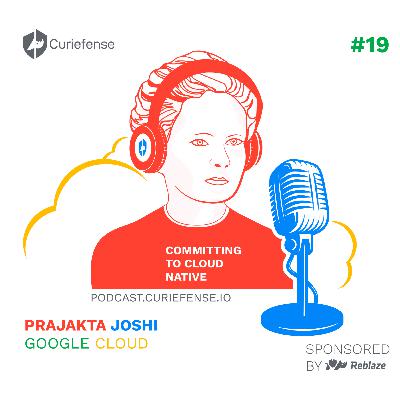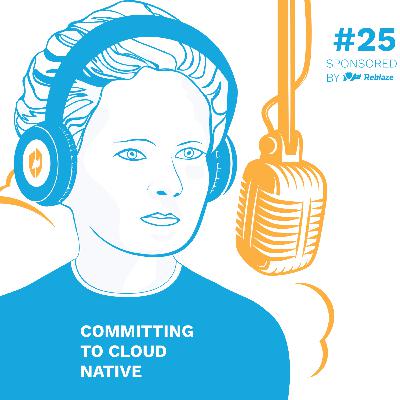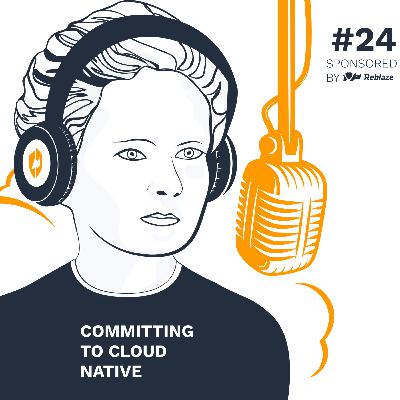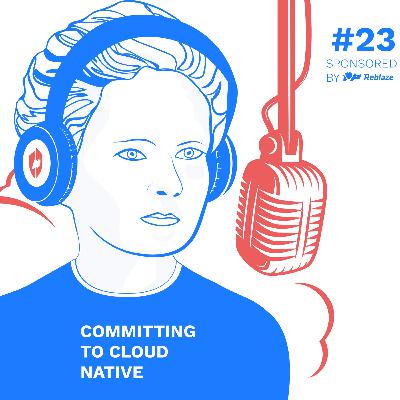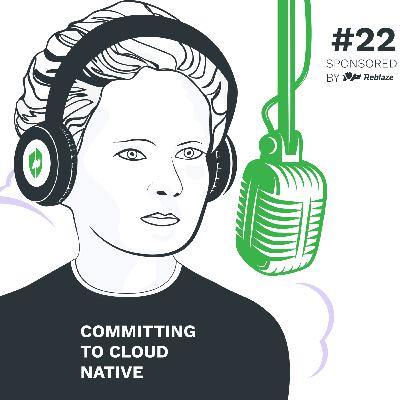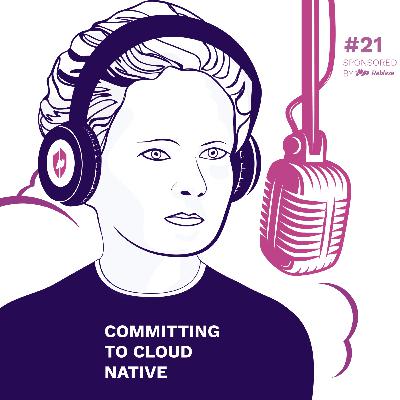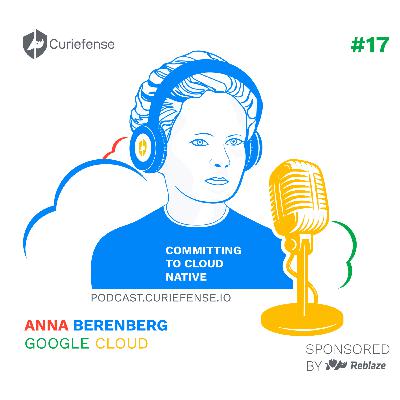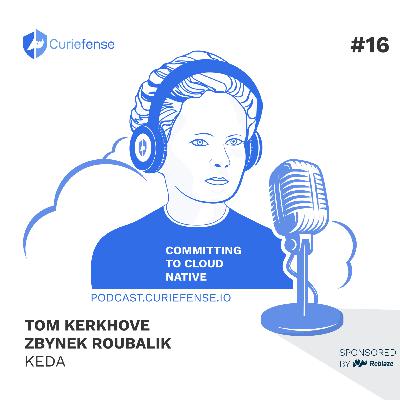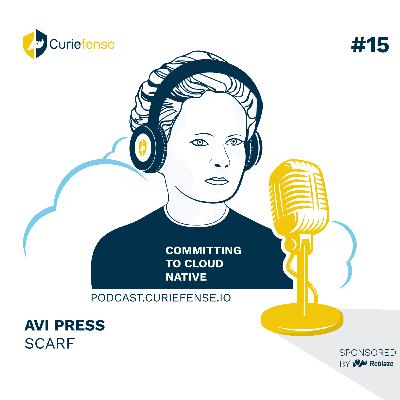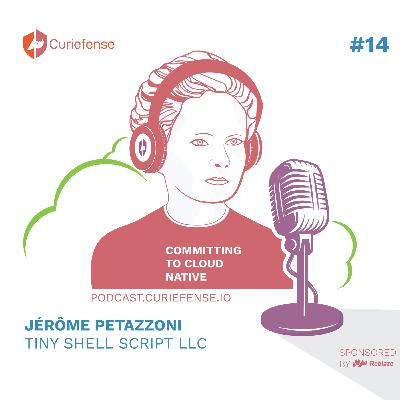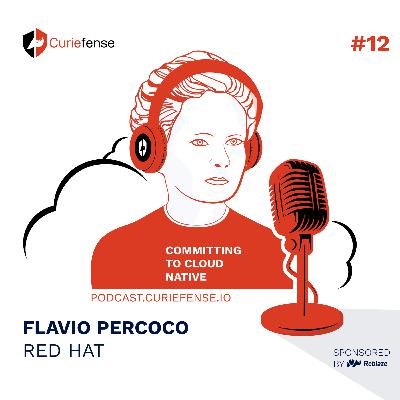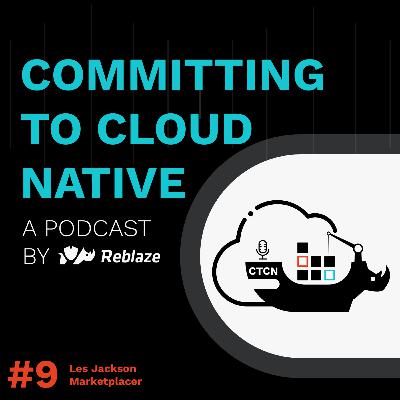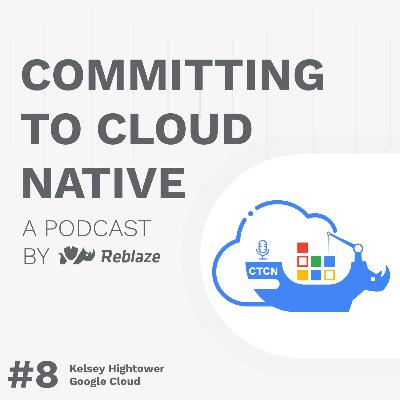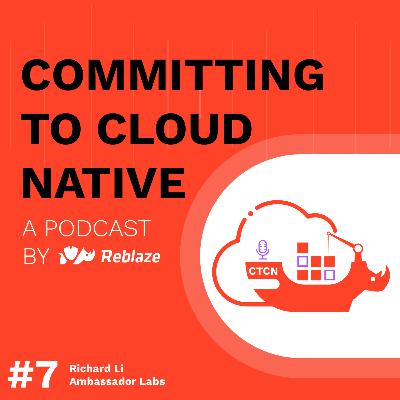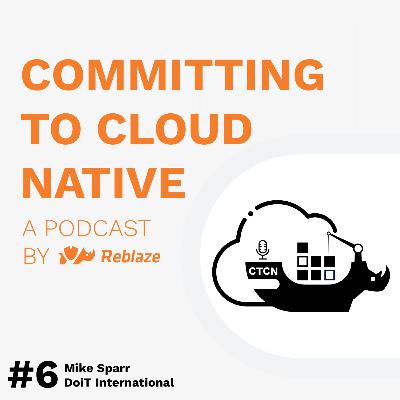Episode 19: Telcos, Edge Clouds, Service Meshes, and more with Prajakta Joshi
Description
Sponsored by Reblaze, creators of Curiefense
Panelists
Justin Dorfman | Richard Littauer | Tzury Bar Yochay
Guest
Prajakta Joshi
Group Product Manager, Edge Cloud for Enterprise and Telecom
Show Notes
Hello and welcome to Committing to Cloud Native Podcast! It’s the podcast by Reblaze where we talk about open source maintainers, contributors, sustainers, and their experiences in the Cloud Native space. Today we have as our guest, Prajakta Joshi, who is a Group Product Manager at Google driving Edge Cloud for Enterprise and Telecom. She joined Google in 2015, has been working with Tzury since 2016, and really knows all about the history of Cloud Native and how it really started. Prajakta tells us about her background and how she ended up in the Edge Cloud space. We also find out where open source fits in, revenue streams going towards the open source ecosystem to make it more sustainable and more useful to Enterprise and Telco users, and more on the evolution of server less gRPC service mesh. We also hear Tzury’s really interesting idea of the future Cloud, and Prajakta shares her perspective on how she handles the good and the bad and where the focus should be. Download this episode now to learn much more!
[00:02:10 ] Prajakta tells us about her background and how she keyed into Telcos.
[00:04:27 ] We learn more about the Edge Cloud product, how Prajakta ended up there, and how she manages consistency.
[00:10:37 ] Prajakta mentions Kubernetes and Richard asks where open source fits in.
[00:15:12 ] Richard asks Prajakta if she has any thoughts about revenue streams going towards the open source ecosystem and how that would work.
[00:20:33 ] Prajakta explains more about how we have revenue streams going from Enterprise and Telcos back into the open source projects to make the entire system more sustainable and ultimately more useful to Enterprise and Telco users.
[00:25:27 ] Tzury wonders instead of having so much manual labor, he thinks the real future Cloud would be fully automated cloud, bottom up from the infrastructure level itself and Prajakta tells us what she thinks about this.
[00:28:31 ] Prajakta elaborates more on the evolution of server less gRPC service mesh.
[00:34:51 ] Tzury wonders what the oldest service is in Google that Prajakta knows of that is still running the same way it was running at the beginning, and it was not migrated to any fancy schmancy new tech that she can share with us.
[00:38:06 ] Find out about the two parts of service mesh and what the traffic director does.
[00:39:08 ] Tzury asks how Prajakta how it feels being the greatest on one end and still the underdog on another. Also, how does she deal with this frustration or excitement and affect her day to day.
[00:44:27 ] Find out where you can follow Prajakta on the web.
Links
Cloud Native Community Groups-Curifense
Credits
- Executive Produced by Tzury Bar Yochay
- Produced by Justin Dorfman
- Edited by Paul M. Bahr at Peachtree Sound
- Show notes by DeAnn Bahr at Peachtree Sound
- Transcript by Layten Pryce
Transcript
[00:00 ] Justin: Hey, it's Justin co-host of this podcast. We just released Curiefence version 1.4, which includes support for NGINX. It has UI improvements, security improvements, and much, much more. So just go to curiefence.io/blog to see what else we improved. Now enjoy the show.
[00:21 ] Prajakta: When I started off as well. Like a lot of the focus was on, okay, what's the next cool tech we built. And slowly as you start building it, you start realizing like for example, service mesh, it doesn't solve all problems for customers. You really need to bring other bits and pieces and you need to keep evolving these technologies. And I think the thing, the pivot that I made was okay, let's not start from the tech. Let's start from the problem we are trying to solve, or the new experience we are trying to deliver or whatever business value you're trying to build and then build backwards, or integrate the stuff that exists. I think that is sort of the thing nobody really talks about.
[00:58 ] Richard: I love that perspective. That's brilliant, everyone that is Prajakta Joshi. She has joined us today from Google and she is so on top of her game that she immediately launched into one of the most insightful things we've had on this podcast. So welcome to the Committing to Cloud Native Podcast. This is the podcast where we talk about the confluence of cloud native and open source, how we get them together, how we build great things. Today, I'm joined by Justin Dorfman as usual Tzury Bar Yochay . Hi, as usual. Thank you so much for joining us. Both of you, other hosts. I'm Richard Littauer and we have our guest today is Prajakta Joshi. Prajakta Joshi is a group product manager at Google, driving edge cloud for enterprise and telecomm. She joined Google in 2015. Been working with Tzury since around 2016, and really knows all about the history of cloud native and how it really started. So Prajakta, you were just saying that what's happened already is that we just start building stuff, but we're not stepping back and saying, okay, who we're building this up for? How can we solve the problem? And what is the problem in the first place? Can you expound a bit more about your background? Because I know that you don't just think in terms of business needs and in terms of like the community, but you also are actually really keyed into telcos. Can explain how that happened?
[02:24 ] Prajakta: So a little bit about my background, I started off as an engineer. At the time, you know, this was in the early two-thousands, the problems for point problems, if you will, where somebody has an application and they need to scale it up because they have this massive growth of users. And at the time it was just load balancing technology. So I started working on that and then along the way, as different customer problems started cropping up, there was technology like CDN that I built out and perimeter based security and so on and so forth. And then slowly what happened was customer workloads themselves stop being in a data center or in a single place. And they started proliferating and appearing wherever they showed. For example, somebody could not migrate all at once to cloud and they were sitting on premises and slowly the kind of technology that you needed to solve these problems got more and more complex.
[03:18 ] You needed multiple pieces to go solve a customer problem. And then, you know, often like you brought up the case of telcos. For cloud providers, our first set of stakeholders that we solve for enterprises like your retailers and your financial institutions and healthcare and so on and so forth. In the last few years, you've seen a lot more interest of telcos to go adopt those same cloud native paradigms. So, which is where the telcos came in the mix. And I think one of the best things about cloud native is that it is breaking down very traditional silos that have existed, say between enterprise and cloud or how we solve for enterprises versus how we solve for telcos. And a lot of what I'm building or doing right now is about building common technology that can solve for each of these stakeholders in a consistent way. At the same time, we have to meet them where they are. So n

